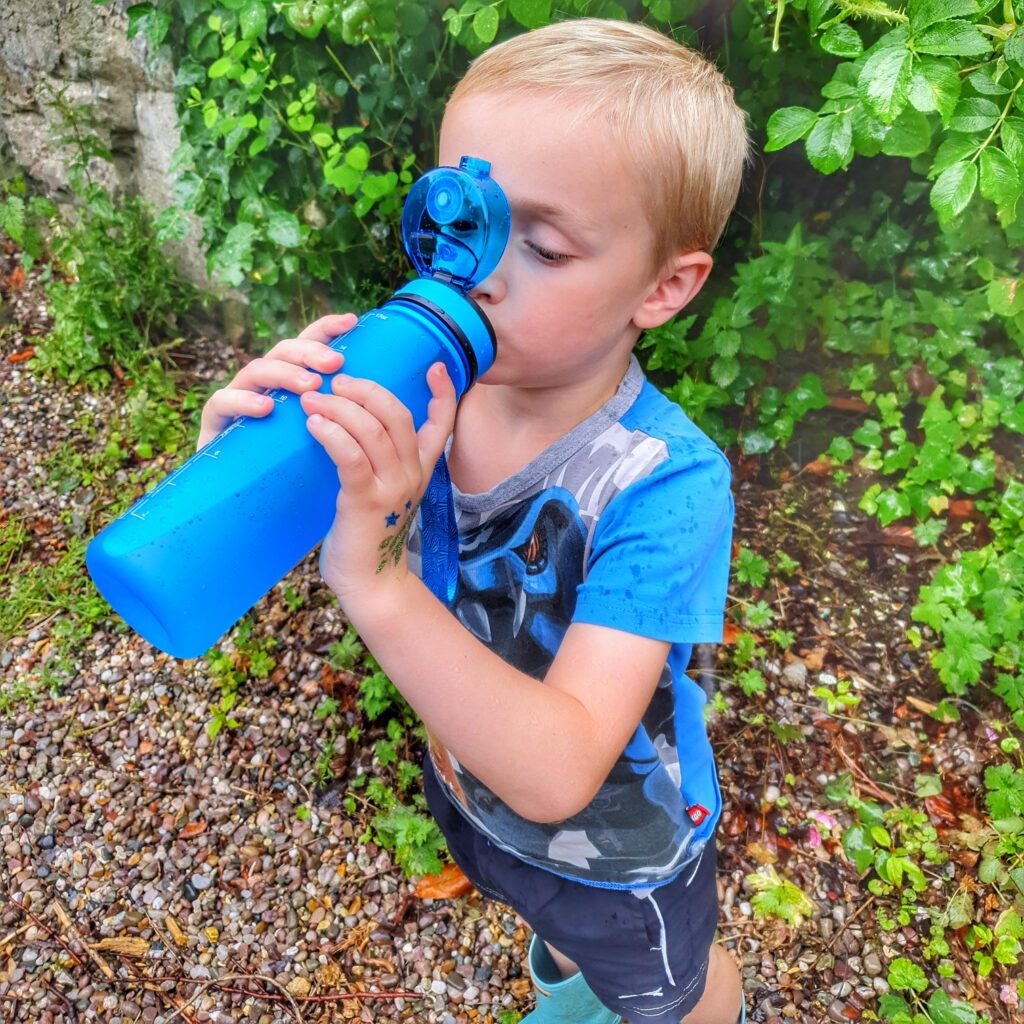With temperatures forecast to rise above 30 degrees across the UK next week, and with weather warnings issued, the UK is in the midst of a heatwave that looks like it will coincide with the start of the school summer holidays.
While it’s traditionally those with underlying health conditions or of an elderly age that are urged to stay indoors and take extra precautions to stay cool during such hot climates, how can parents ensure their children are staying as safe as possible in the sun?
Below, Nada Ward, founder of solid body bar brand Beauty Kin, outlines some top tips parents can follow to ensure they are protecting their children’s vulnerable skin from the harmful effects of the sun as they begin their school summer holidays, which may also include foreign trips abroad with family and friends.

“With so many schools breaking up for their long summer break over the coming week, parents are no doubt gearing up for their children to spend long days outside, exploring local areas in the sunshine and making memories with their friends. While this is totally normal, with such high temperatures looking set to continue, the following advice can help to ensure you are protecting your child’s overall skin health, and forming the basis of a good skincare routine from a young age:
Always wear sun protection & avoid direct sunlight exposure
It should go without saying, but the earlier children are exposed to the importance of protecting their skin from the harmful effect of sun exposure, the better they will be at understanding just how powerful and dangerous it can be.
Children will be spending more time outdoors than at any other time of the year during the next 6-8 weeks. It’s therefore vital to ensure they are wearing sun protection (ideally factor 50 and UVA 4* or 5* on sensitive, young skin) and that it’s being re-applied at least every 2 hours. If children are swimming at the local pool or beach, sun cream should be reapplied more frequently – ideally every time they emerge from the water.
The sun is at its strongest – and therefore at its most harmful – between the hours of 11am and 2pm, so during these peak hours children should aim to find shady spots in which to play in order to lessen their chance of sunburn or heat stroke.
Cover up the body and face
The typical response in temperatures exceeding 30C is to wear as little clothing as possible in order to stay cool, yet when protecting young skin, it’s always recommended to cover up as much exposed skin as possible in order to minimise the risk of sunburn. This includes sunglasses and sunhats.
Choose clothing that will cover your kids arms, legs and neck, ideally made of lightweight material that will allow air flow and with a tight weave to reduce UV rays penetrating the material. A good way to test this is to hold clothing up to the light- if the sun can pass through a garment easily then it can also easily reach your childs skin.
Many clothing brands will offer a range of products designed to protect against the sun, that come with their very own UV ratings.
Double check any medicines and prescriptions
Some prescriptions or over the counter products may mean that your child’s skin is more sensitive to UV rays, so it’s always worth checking with your pharmacist or doctor if there’s any chance your child may experience increased sun sensitivity this summer.
Items most likely to cause this effect include anti-biotics and acne medicines.
Keep the skin hydrated
Due to the excitement of being off school and wanting to cram as much fun in as possible, children can become easily preoccupied in the summer and forget to keep their hydration topped up with plenty of water and liquids.
Always ensure that your children’s bags are packed with extra drinks – especially during periods of high temperatures – and for those of an older age, it’s worth sending reminder text every few hours to ensure they aren’t getting dehydrated.
Encourage the use of products with gentle ingredients
There are a multitude of reasons as to why your child’s skin might react in a negative way to the summer heat.
Prickly heat is a common rash that occurs in warmer months and causes red, itchy bumps when sweat glands become blocked. The symptoms associated with ongoing skin conditions such as acne and eczema can also become worse in the summer due to heat and sweat.
At Beauty Kin, solid body bars can be used safely by all members of the family, and provide solutions to an array of different skin conditions that are not only experienced in the summer, but all year round. These include dry skin, blocked pores, bacne and blemishes.
All ingredients included in the bars (as well as the specific reasons they’ve been included) are listed for total transparency, so you know exactly what you’re using on your skin each day, and more importantly, why.



